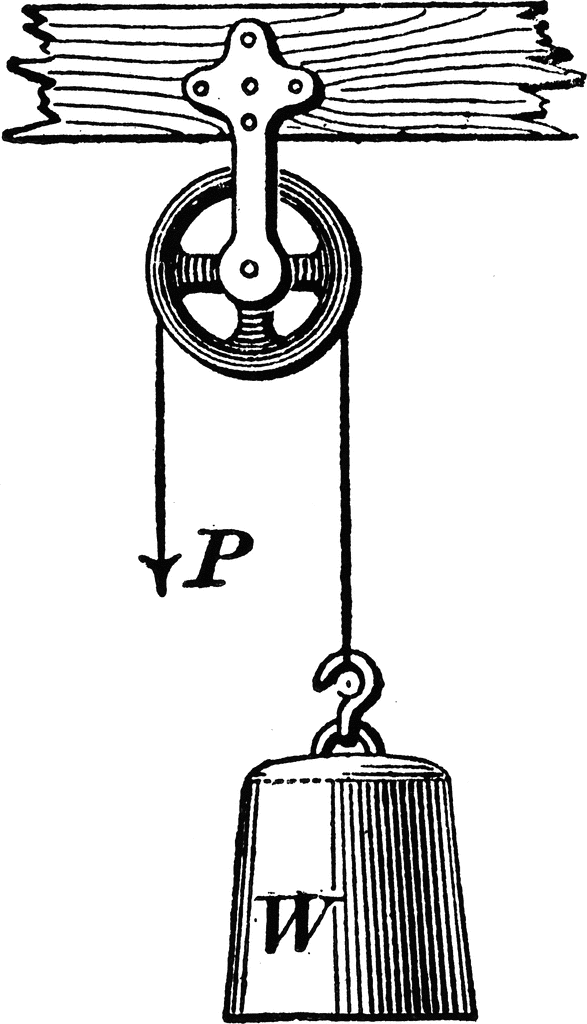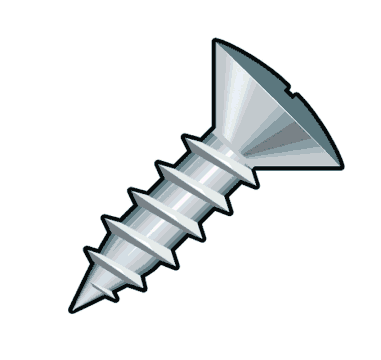What is energy? Energy is the droved from the Greek word "ἐνέργεια" - energeia which means "activity, operation", or from the word "ἐνεργός" - energos, " which means "active, working." There are many forms of energy such as:
- Thermal Energy (Heat)
- Chemical Energy
- Electrical Energy
- Radiant Energy
- Nuclear Energy
- Magnetic Energy
- Elastic Energy
- Sound Energy
- Mechanical Energy
- Light Energy
Thermal energy is associated with the loss or gain of energy that has to do with the change in temperature. Usually it is associated with any form of temperature except absolute zero since absolute zero has no energy whatsoever.
Chemical Energy has to with energy gained or loss given by the interaction between objects that form a chemical reaction.
Electrical Energy has to do with electric energy being converted into other forms of energy, most likely heat.
Radiant Energy is the energy of electromagnetic waves.
Nuclear Energy has to do with energy that is gained or loss through nuclear reactions.
Magnetic Energy is basically the change in electric energy, since it causes a magnetic field.
Elastic Energy is the energy or work needed to compress or expand a spring of some sort.
Sound Energy is the vibrations that occur when something moves, which we perceive as sound.
Light Energy is the energy that gives off light. It can usually be tied in to heat energy since light causes heat.
Saturday, December 11, 2010
Friday, December 3, 2010
Mission Possible: Create a Cannon?
 |
| imma firing ma cannon... |
From projectile motion, we learned that the range (x-distance) is:
From this equation, we know that the best angle should be 45 degrees. Why you ask? Well, since we want the maximum distance, every single factor must be maximized. If you calculate the sin of any angle, you will notice that when sin 90, it is equal to 1, its maximum. Therefore is we sub 45 into the equation for range, it will become sin 90, which is the maximum.
 |
| Do a barrel roll? |
Wednesday, December 1, 2010
Newton's 3 laws on getting hit by an apple...
 |
| A physicophical view point... (Get it?) |
 |
| If Yoshi does it, you know it has to be cool. |
- Inertia. Objects are lazy. So it wants to keep doing whatever it is doing unless there is an external force affected on it. Ex. A ball in space will keep flying, it doesn't want to stop because it is lazy.
- F=ma. Since force is positively related to acceleration, and mass is negatively related to acceleration, the equation F = ma can be formed (a = F/m is another form of zis)
- For every action force, there is an reaction that is equal in the completely opposite direction. When you punch a wall, the impact sends the force into the wall and into your fist. That is why you get hurt. :)
1) Equilibrium
 |
| This diagram increases the tension dramatically... |
When there is completely no motion, and everything is in a state of balance, this is called equilibrium. Usually, you are required to find the tension or the mass of the object. The vertical component of the system is usually Fg which is the force of gravity (also = mg). There is also usually the two tensions given. You should know that T1y + T2y = Fg since all forces should negate each other.
When dealing with these questions, it is essential for you to state your assumptions, this way, the reader will understand your viewpoints.
Assumptions:
- Friction = 0
- Acceleration = 0 (No motion)
- Total Force turns out to be 0
- (If there is tension then T1x = T2x)
- Set positive axis
- No air resistance
- No movement at all
- No movement at all
2) Incline
 |
| Ramping up the difficulty... |
When an object is at a state or rest or moving on a surface that is not horizontal. The only new component about this is the force of friction. As previously explored, the force of friction, if not given, is m(miu)Fn (Force of Normal) The usual components in the free body diagram is the gravity (Fg), the force of normal (or surface, = Fn) and friction (f).
When doing these sort of questions, don't forget to set a positive axis (Usually slanted along with the slope of the ramp).
Assumptions:
- Friction cannot = 0
- No air resistance
- Positive axis is usually in the direction of motion
- Fn = Fg, since the object on the ramp is not flying up or down
- Fn is perpendicular to the incline
- No movement in the y-direction
- No movement in the y-direction
3) Pulley
 |
| It really pulls you in.. |
When an object is pulling or being pulled by another object through tension, it is probably in a system involving a pulley. As you can see, the pulley should consist of a weight on both sides of the wheel thingy thing. Since both ends of the pulley are putting their masses on the string thing, the tension is the same. When doing pulley questions, don't forget to make 2 free body diagrams when required since there is acceleration and forces in different directions
Assumptions:
- No friction on the ropes or the pulley itself
- No air resistance
- a does not = 0
- T1 = T2
- a1 = a2
- Positive axis in the direction of acceleration
- 2 Free Body diagrams
- In some cases, no movement in the x or y - direction
- In some cases, no movement in the x or y - direction
4) Train
 |
| All on board the train to physics land.... What do you mean I should get a doctor.....? |
Assumptions:
- No friction, or in other cases yes friction
- No air resistance
- Cables or birds that hit the train have no mass
- Positive axis in the direction of acceleration
- Free-body diagrams according to the number of trains
- No movement in the y - direction
- Acceleration cannot = 0, but is constant
Don't forget, if you don't assume, you will get SCREWED!!!!!
 |
| BEWARE THE SCREW!!! |
Subscribe to:
Posts (Atom)
